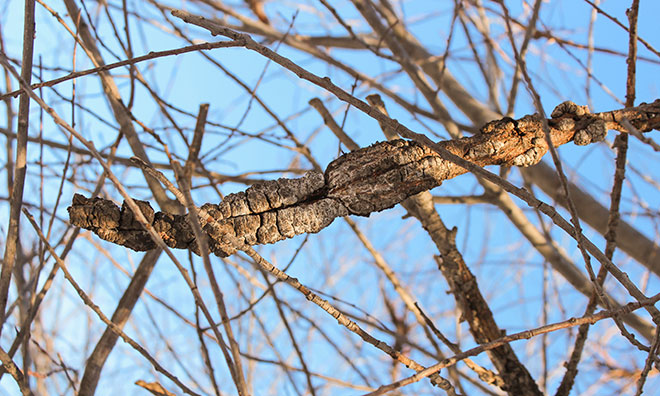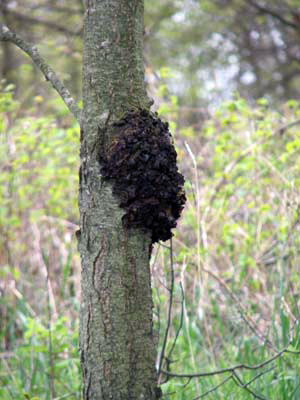black knot fungus on trees
While mature trees can handle the fungus those. A survey in Alberta revealed a significant and widespread.
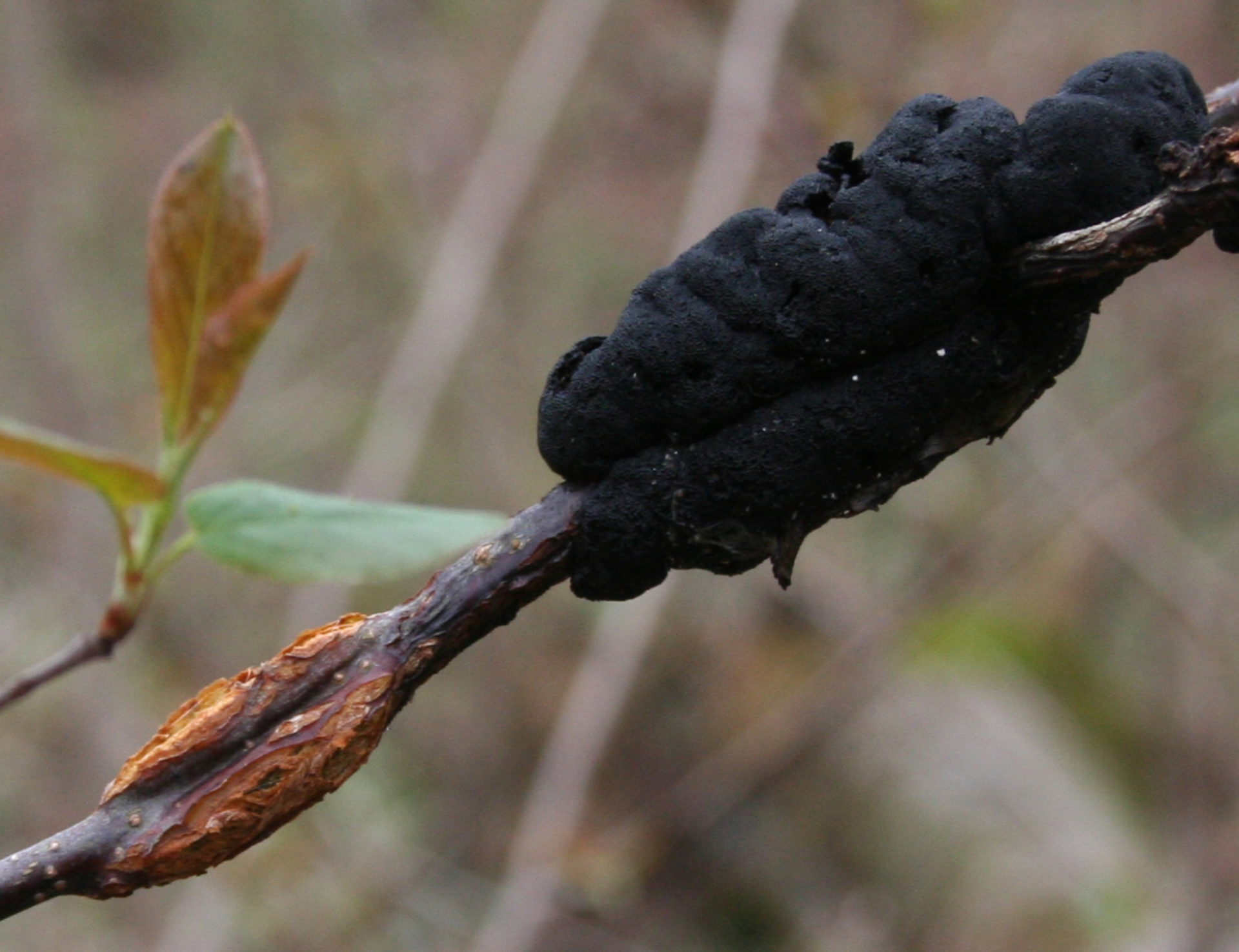
Black Knot The Morton Arboretum
It causes knobby dark growths on the trees trucks or branches.

. Black knot of cherry trees is a fungal disease caused by the pathogen Apiosporina morbosa. How to get rid of black knot fungus on plum trees or cherry trees. Prune healthy inner branches to improve airflow through the tree and lessen the likelihood of spores settling on branches.
Black knot fungus is caused by the Apiosporina morbosa fungus. The best way to get rid of black knot disease is to have your arborist prune out the affected branches. The black knot fungal disease infects prunus trees which include ornamental edible and native plum and cherry trees.
Read on to learn more about black fungus on your trees 4105927321. Gretchen Voyle Michigan State University Extension - January 7 2013. Fungal spores are spread amongst trees and shrubs in the Prunus family by spores.
Winter is the perfect time to scout for black knot in plum trees. Isopropyl alcohol can be used between trees to help curb the. Proper sterilization of cutting tools is very important as Black Knot spores can live up to four months after removal.
Black Knot caused by the fungus Apiosporina morbosa is a very common disease of plants in the genus Prunus See Table 1. Theres an app called inaturalist that lets you search nature specimens and map where youve found them. You could search black knot fungus or plumcherry trees which might help you.
Black knot is a fungal disease that strikes. Many Prunus trees tolerate black knot but others are. If you spot a knot follow the branch back 15 to 20.
Black fungus or otherwise known as black knot is a very common fungal disease that attacks trees. The black fungus or the black knot is a common fungal disease that attacks trees especially the plum and cherry trees. Black knot disease is easy to identify and diagnose.
Black knot caused by the fungus Apiosporina morbosa forms galls on plants in the genus Prunus including plum cherry flowering almond apricot and blackthorn. Specifically heres how theyll approach the treatment of black knot on your.
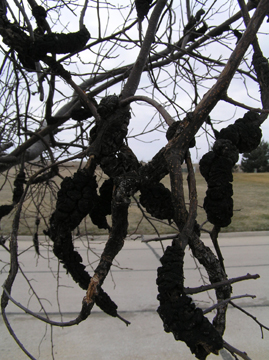
Black Knot Backyard Farmer Nebraska
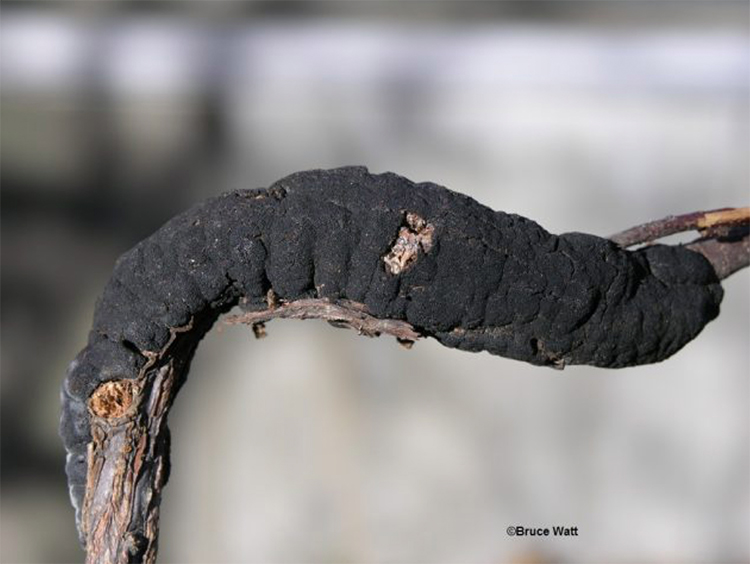
Black Knot Of Plum And Cherry Cooperative Extension Insect Pests Ticks And Plant Diseases University Of Maine Cooperative Extension

Black Knot Cummins Nursery Fruit Trees Scions And Rootstocks For Apples Pears Cherries Plums Peaches And Nectarines

Landscape Black Knot Of Prunus Center For Agriculture Food And The Environment At Umass Amherst

Black Knot Horticulture And Home Pest News
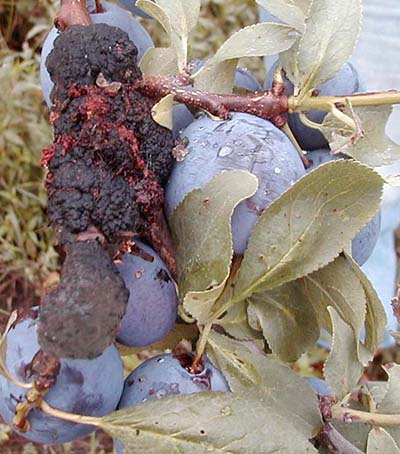
Controlling Black Knot In Michigan Msu Extension
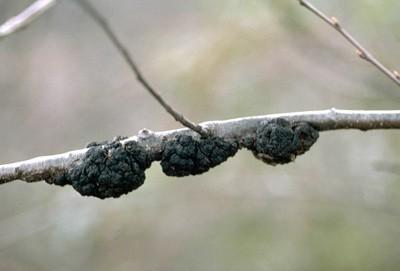
Black Knot Disease On Trees University Of Maryland Extension

Black Knot Fungus Dibotryon Morbosum Attacks And Can Kill Wild Plums And Cherries And Other Species Edibility Unknown Wouldn T Want To Try It Th Paddestoelen

How Black Knot Tree Fungus Will Kill Your Fruit Tree Youtube

Tree Branch With Black Knot Fungus Stock Photo Image Of Fungus Plant 109033710

Deceased Tree With Black Knot Stock Image Image Of Nature Fungus 182397185
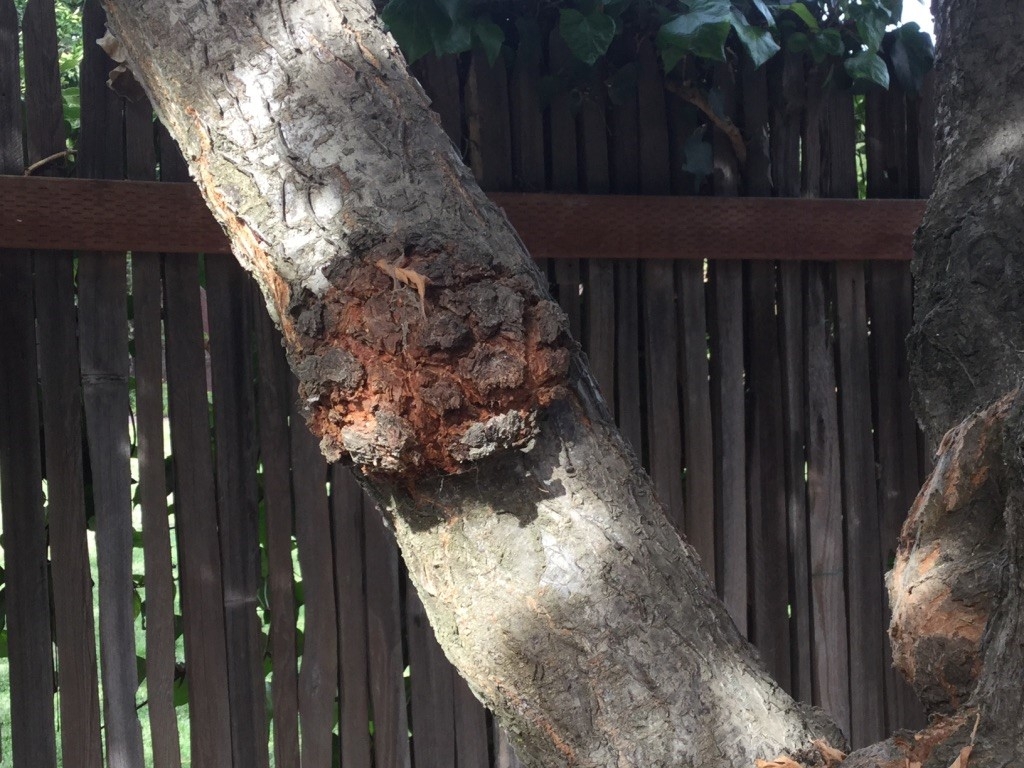
Black Knot Disease Under The Solano Sun Anr Blogs
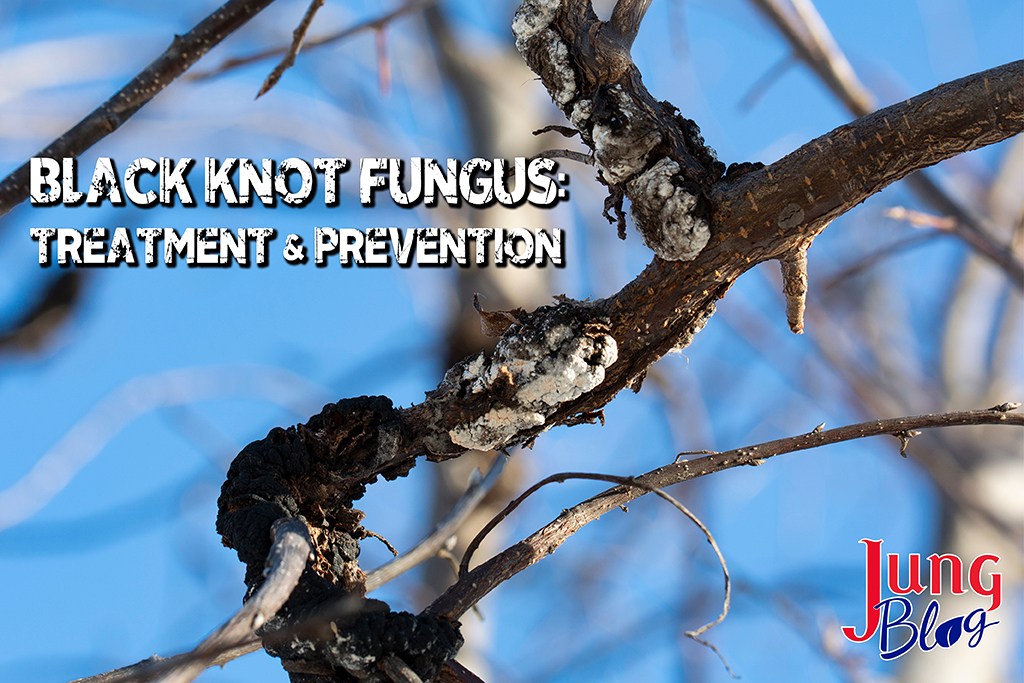
Black Knot Fungus Treatment Prevention Jung Seed S Gardening Blog
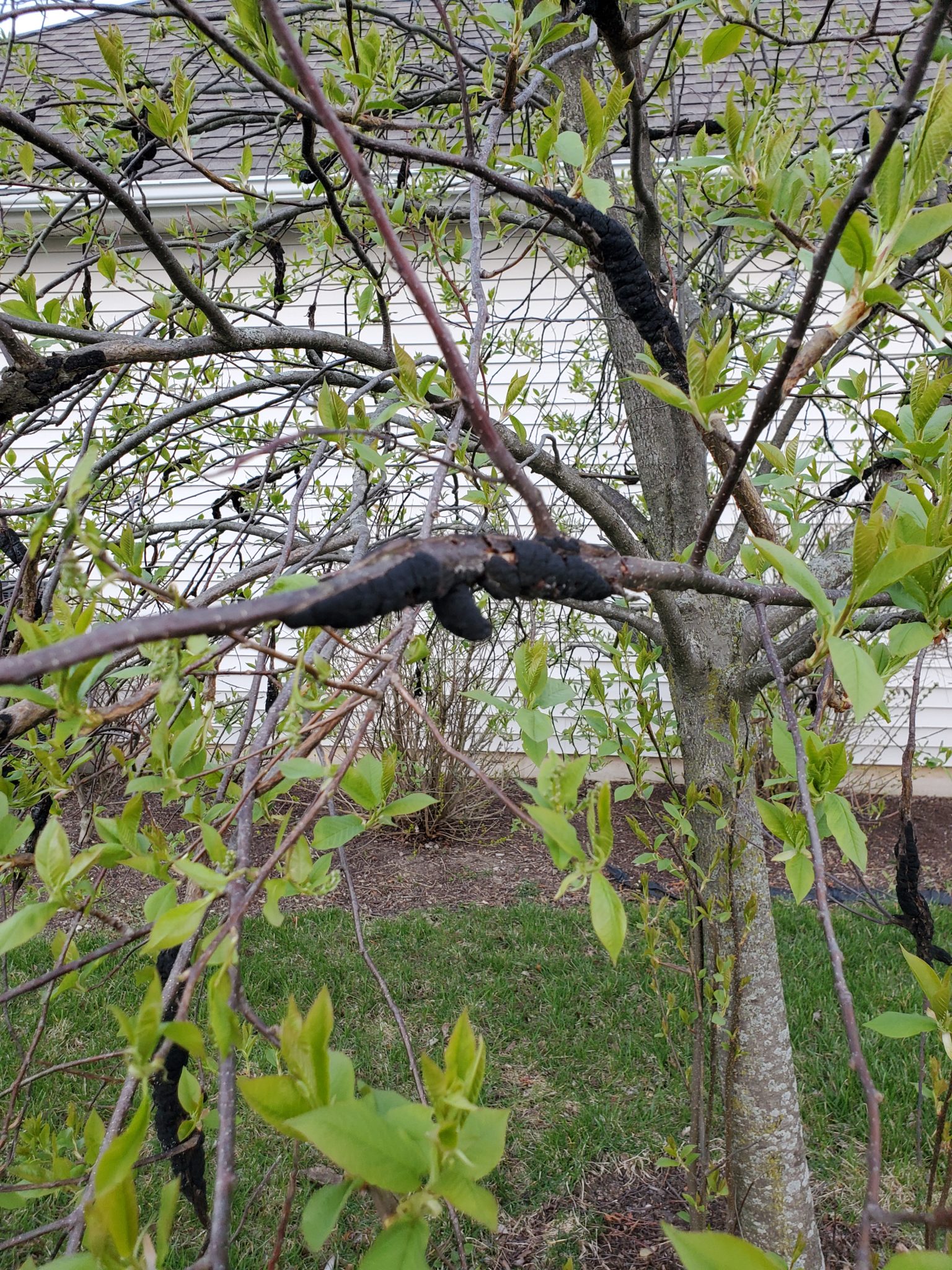
Black Knot Disease Purdue Landscape Report

019 Apiosporina Morbosa Black Knot Fungus Fact Friday

What S Ailing My Cherry Tree Nashville Tree Conservation Corps
